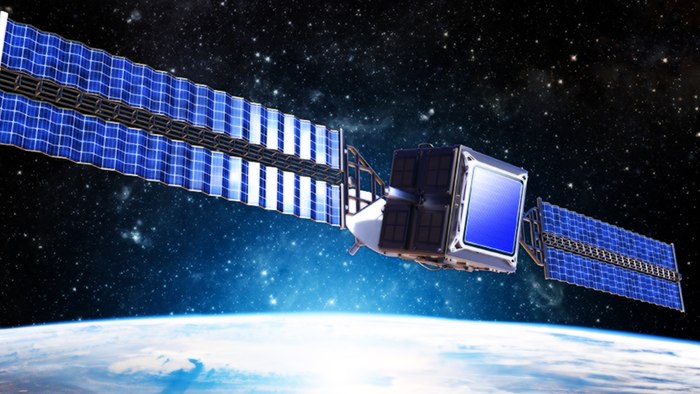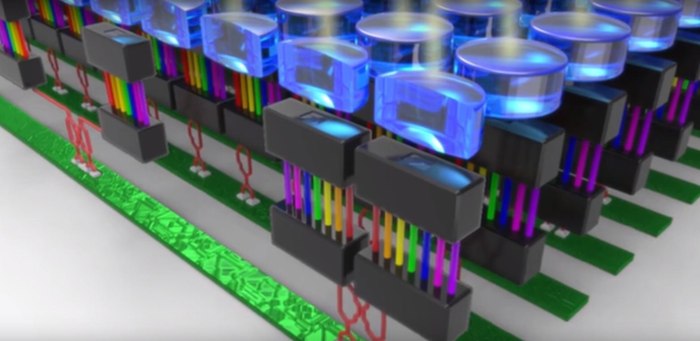From modern–day astronomers studying areas of space billions of miles away, to back in time when Galileo was gazing at the stars, the general design of a telescope has pretty much remained the same within the past 400 years. As part of a DARPA-funded project, Lockheed Martin’s Segmented Planar Imaging Detector for Electro-optical Reconnaissance (SPIDER) telescope replaces the large primary lenses used in refracting telescopes with an array of tiny ones that allow the instruments to shrink by a factor of 10 to 100.
At the front of the refracting telescope, which has stayed the same since it was invented in the early 1600s, is a large lens similar to a magnifying glass that gathers light and feeds it to a smaller lens that turns it into an image. Of course, there have been many refinements over the centuries, but such telescopes have been curbed by the fact that in order to make a refracting telescope more powerful, the front, or primary lens needs to be larger, meaning it also has to be heavier.

SPIDER could find applications in spacecraft imaging systems. Image source: Lockheed Martin.
The issue here is that grinding optical lenses is a slow and precise process, and in large telescopes it can take years to finish just one. To make things trickier, glass lenses tend to sag under the force of gravity, are opaque to certain wavelengths, and are prone to residual chromatic and spherical aberration, according to Lockheed Martin. Currently, the largest refracting astronomical telescope is the Yerkes Observatory’s 100-cm scope, which was completed in 1895.
Developed by Lockheed Martin’s research partners at University of California, Davis, SPIDER replaces the primary lens with a thin array of tiny lenses similar to the eyes of an insect. Each lens feeds light into a silicon-chip photonic integrated circuit (PIC), so basically the telescope is a bank of still cameras.

Pictured above is a cross cut view of a SPIDER array. Image source: Lockheed Martin.
Interestingly, SPIDER operates on the principle of interferometry. This is typically used by astronomers as a way of turning a number of optical or radio telescopes distributed across an area into one enormous telescope. To do this, it combines the images from these telescopes so that they interfere with one another. Analyzing the amplitude and phase of the interference patterns, scientists are able to turn them into a new image of much higher resolution. Lockheed Martin is also using this principle to make a smaller and lighter telescope that can be carried aboard a spacecraft.
“What's new is the ability to build interferometer arrays that have the same number of channels as a digital camera,” said senior fellow at Lockheed Martin, Alan Duncan. “They can take a snapshot, process it and there's your image. It's basically treating interferometer arrays like a point-and-shoot camera.”
According to Lockheed Martin, the SPIDER’s tiny lenses and PICs mean that construction doesn’t require the elaborate grinding or alignment work of conventional lenses. In order to achieve the same performance as a 40-inch telescope lens, the SPIDER array would have to be the same diameter, being very thin by comparison, resulting in a 99% savings in cost and weight, and its construction could be measured in weeks instead of years.
SPIDER is currently in the early stages of development, and it may be five to 10 years before it finds its first applications.
Source: Lockheed Martin
Advertisement
Learn more about Electronic Products Magazine





